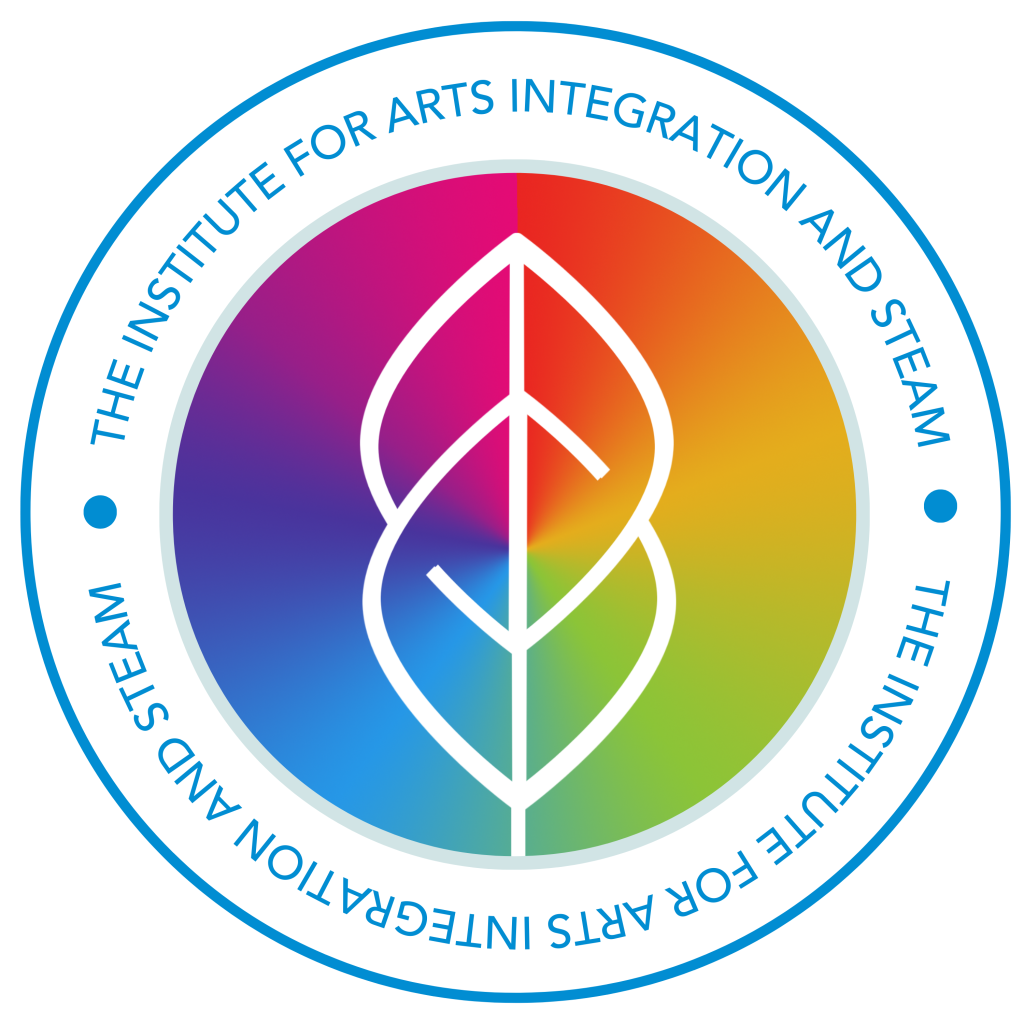Deirdre Moore | May 2013
Gut Instinct: Go with It! Arts and the Second Brain
When you learn something that you find fascinating, what is your first instinct? Mine is to run and tell someone because I want that immediate feedback; I want to see another person's reaction to my recent learning. I think that is one of the things that drew me to teaching in the first place. Although I can't run and tell you all about this, I guess a blog with a section for comments will have to do.
I recently read an article in my favorite literary magazine, The Sun, about the existence of a second brain in our bodies and I just had to run and tell you about it! After reading this first article I needed to know more, so I Googled it. Adam Hadhazy wrote an article for ScientificAmerican.com and discussed the work of a Dr. Gershon who published a book in 1998 entitled The Second Brain.
Technically known as the enteric nervous system, the second brain consists of sheaths of neurons embedded in the walls of the long tube of our gut…. The second brain contains some 100 million neurons, more than in either the spinal cord or the peripheral nervous system, Gershon says.
Not only that, but this brain works independently from the one in our heads and even sends information up to the brain in our heads (rather than the other way around)! Are you fascinated yet?
What struck me in all this are the many ways we have of advising people to "go with your gut" or follow that "gut instinct." It turns out, there really may be something scientific to saying that. Having just read a few definitions and articles on-line I am not claiming to fully understand the scientific implications of this nor the relationship to our expressions but it does, once again, speak to me about why the arts are such a powerful means of helping us understand our world.
We have all heard about multiple intelligences and differentiated instruction to reach all learners through multiple modalities. Perhaps some of this has to do with the fact that we were traditionally only teaching to one of our brains. When we experience art and have a "visceral" response, perhaps that is our second brain understanding something in a sensory, subconscious way rather than a conscious, analytical way.
If you are reading this chances are you are already a believer in integrating the arts to amplify learning and you don't need yet another reason to believe. However, perhaps it will do for you what it has done for me: validates that teaching through, with, and about the arts is just good teaching. On this one I am not going to over-analyze it, I'm going to go with my gut.


